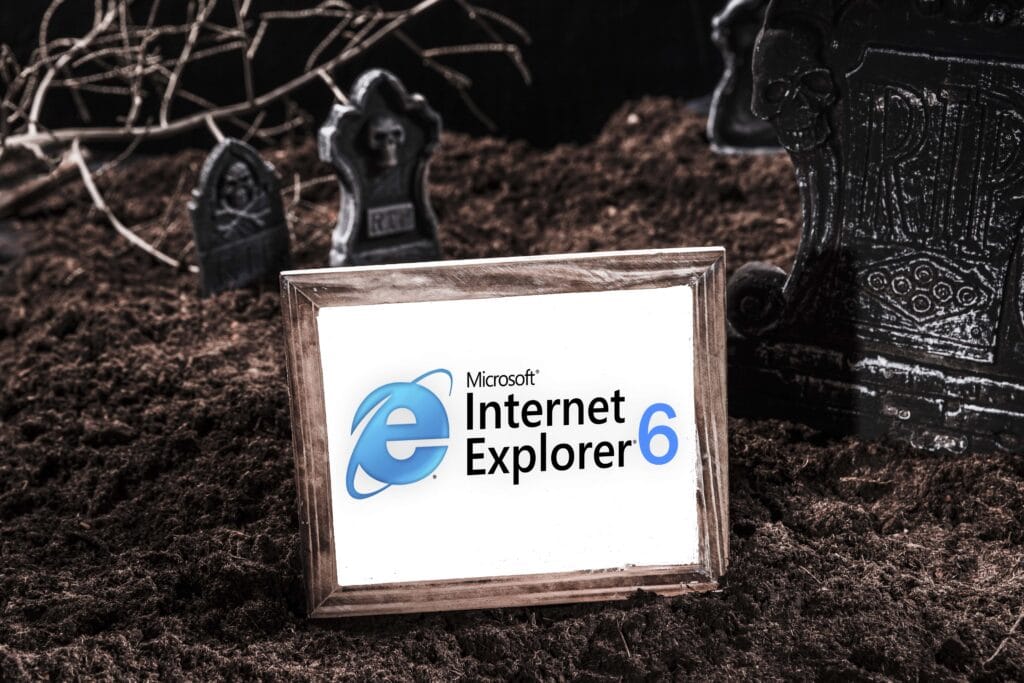Author: Team BRS | 2 minute read
TechCrunch first reported back in June that Internet Explorer 6 (IE6) usage had dropped below 5%, and with the much anticipated IE9 just released in its beta version, IE6 usage is expected to decline even more. Developed almost a decade ago in 2001, IE6 has long been considered on its way out. In fact, Many major internet services like YouTube, Digg, Facebook Chat, Gmail and other Google Apps have already dropped support of IE6 because of it’s limited functionality. But why the decline in IE6 usage and support? Well, for one thing, it’s outdated: better, faster browsers like Firefox and Google Chrome can be downloaded for free, and IE7 and IE8 have been available as upgrades for years. Unlike these browsers, IE6 isn’t compatible with web-enhancing features like CSS v2 (Cascading Style Sheets) and PNG images with alpha-transparency. CSS and PNG Transparency enhance a website’s design, but unfortunately cannot be displayed properly in IE6, often causing artistic, beautifully designed websites to appear sloppy.
It’s also been known to present to have a number of security risks. (In early in 2010, a group of hackers in China used a vulnerability in IE6 to hack into Google, along with over 20 other major companies.) In fact, Microsoft itself, the company behind IE6, has recommended that users upgrade to newer versions of the browser to prevent attacks.
As web design and applications become more advanced, IE6 will soon become obsolete. Have you upgraded yet?
To learn more about the decline of IE6, please read Microsoft Celebrates IE6 Decline, IE8 Growth.
#BraveRiver #BraveBytes #ExperiencePaysDividends #GoBrave #MadeInRI




